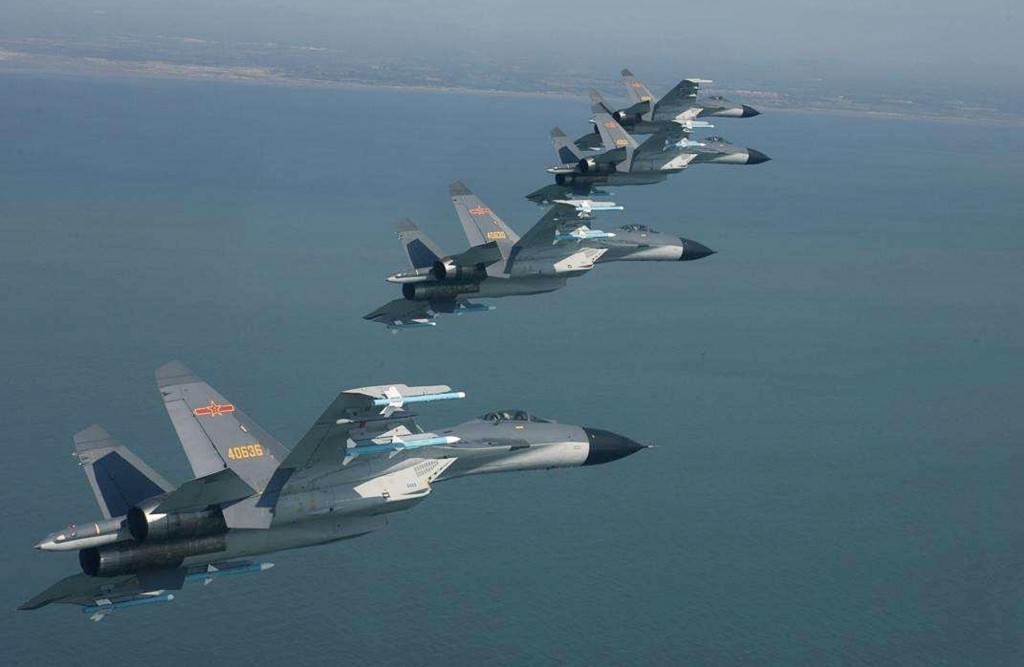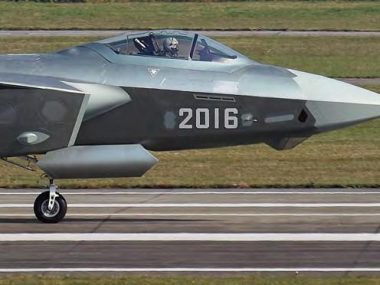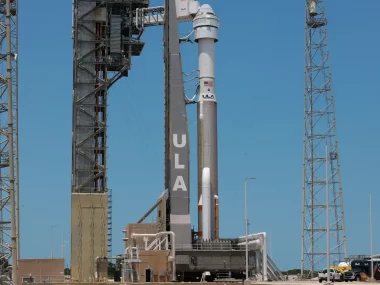|
Neubauer Coporation
Getting your Trinity Audio player ready...
|
The 125th Air Brigade is the 15th unit that deploys J-16 fighters, which, unlike the fifth generation J-20 fighter, are produced on a much larger scale than any other heavyweight fighter in the world, according to George V Magazine.
It is estimated that approximately 300 J-16 fighters have been produced over the past decade.

The J-16 is a significantly improved version of the Soviet Su-27 fourth-generation air superiority fighter, which was first delivered to China in 1991.
Although it shares the same design as the Su-27, the new Chinese fighter is considered the most advanced derivative of the operational design anywhere in the world, along with the J-15B fielded by the Chinese Navy, with its high-altitude airframe.
Protection of nuclear facilities
The J-16 is a fierce contender for the title of most capable “4th Generation+” fighter, which can be operated anywhere in the world, with an extremely long range and a large, advanced radar complemented by the deployment of the world’s longest class of air-to-air missiles.
The PL-XX missile, which is integrated with J-16 aircraft, provides an engagement range of 500 to 600 kilometers.
Engagements at such ranges are facilitated, either by data acquisition from forward-deployed assets such as J-20 fighters, which can operate close to enemy positions using their stealth capabilities, or by KJ-500 airborne early warning and control aircraft. Or the latest version, KJ-500A, which is considered the most advanced in the world.
The most widely used primary armament of the Chinese J-16 is the PL-15 missile, which is also used by the J-20, and its range is estimated at between 200 and 300 kilometers.
The J-16s are based under the command of the 125th Air Brigade, at Nanning Air Base, putting the aircraft in an ideal position to guard the major economic centers of Shenzhen and Hong Kong, as well as to provide air defense to the Longpu Naval Base on Hainan Island.
The facility houses the backbone of the Navy’s strategic nuclear arsenal and is therefore expected to be a priority target for Western air and missile strikes in the event of a major war.
With the J-7 entering service in 1965, nearly half a century before the J-16, the transition between the two aircraft represented a very radical shift for the 125th Air Brigade, even though the J-7E had the avionics, weapons and equipment.
The transformation of the airframe has become more radical, due to the size of the J-16, which is three times larger than its predecessor, which means that maintenance needs and operating costs will be much higher.
The J-16’s much greater weapons range, radar more than 10 times its size, and much higher endurance mean it can provide air defense across an area tens of times larger.
The transition of the 125th Air Brigade from operating J-7s to J-20s is linked to the transition of the nearby 131st Air Brigade, based at Luliang Air Base, from operating J-10Cs to J-20s in 2023.
The J-20 aircraft were deployed last December at Foshan Air Base to replace the J-11 fighters of the 4th Air Brigade.
The deployment of the Air Force’s two top fighter classes to multiple units in the vicinity indicates that high priority has been assigned to strengthening air defenses in the region.
J-16s have been reported to participate in exercises alongside J-20s more than any other fighter class, as the two aircraft have similar and largely complementary ranges.
An important advantage held by the J-16 is its low maintenance requirements and its ability to deploy PL-XX missiles.
With a much longer range and equipped with larger sensors, aircraft allow both the 125th and 131st Air Brigades to make more significant contributions to air defense duties across much of the contested South China Sea, as well as to operations in the Taiwan Strait.
The conversion of both units comes as part of a broader trend towards the Air Force favoring heavier, longer-range fighters, which have made up a rapidly growing proportion of the fleet since the 1990s.
The deployment of J-16 aircraft allowed Chinese air units to be more assertive in defending the country’s regional interests, at a time of severe tensions with the United States and many of its allied countries, such as Japan.

















